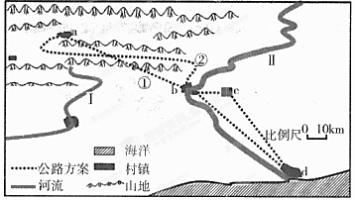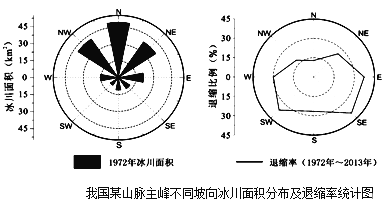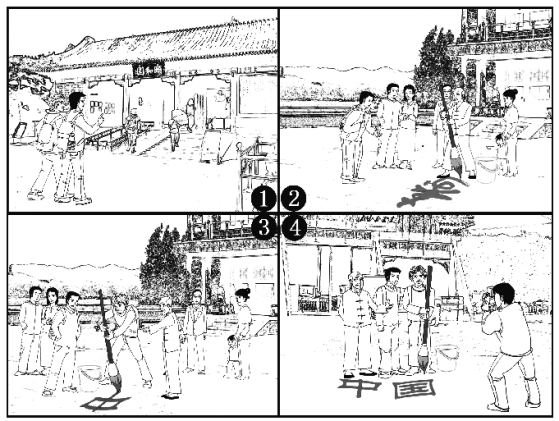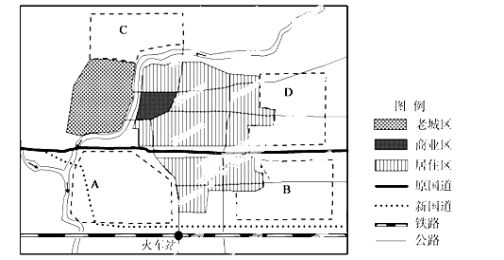题目内容
【题目】读“某地区规划示意图”,回答下列问题。

(1)图中西北部地区,优先选择的交通运输方式是_____________(选择填空)
A. 铁路 B. 公路 C. 水运 D. 航空
(2)计划修建从a村到b村的公路,有①②两条线路,你认为合理的线路是_____________,其理由是_____________(选择填空)
A. 路途短,经济效益高
B. 距离近,修建公路工程量小
C. 沿谷地修建,难度小,成本较低
D. 路途远,工程量大,成本高
(3)a、b两村相比更有可能发展成为城市的是_____________,影响其的主要自然因素是_____________。
【答案】
(1)B(4分)
(2)② C (或① B) (8分)
(3)b 地形(平原)(8分)
【解析】
试题分析:
(1)读图可知,图中西北部地区,主要为山地地形,山区地形起伏大,应当优先选择公路运输,因为公路运输具有灵活机动,对自然条件适应性强的特点。
(2)本题考查山地对交通线的影响。计划修建a村到b村镇的公路,在①、②两个线路方案,较为合理的是②,理由是线路②沿谷地修建,难度小,成本较低。
(3)读图可知,a位于山区,受地形限制,不利于城市发展。b村位于平原地区,海拔低,地形平坦,有利于城市布局和建设,所以b会发展成城市。

 天天向上一本好卷系列答案
天天向上一本好卷系列答案 小学生10分钟应用题系列答案
小学生10分钟应用题系列答案【题目】阅读理解。
|
Day school Program Secondary students across Toronto District School Board(TDSB) are invited to take one or two e-Learning courses on their day school timetable. Students will remain on the roll at their day school. The on-line classroom provides an innovative relevant and interactive Learning environment. The courses and on-line classroom are provided by the Ministry of Education These on-line courses
Benefits of e-Learning Include:
Is e-Learning for You? Students who are successful in on-line course are usually;
Students need to spend at least as much time with their on-line course work as they would in a face-to-face classroom course. |
【1】E-Learning courses are different from other TDSB courses in that .
A. they are given by best TDSB teachers.
B. they are not on the day school timetable.
C. they are not included on students’ reports.
D. they are an addition to TDSB courses.
【2】What do students need to do before completing e-learning courses?
A. To learn information technology on-line.
B. To do their assignments independently.
C. To update their mobile devices regularly.
D. To talk face to face with their teachers.






